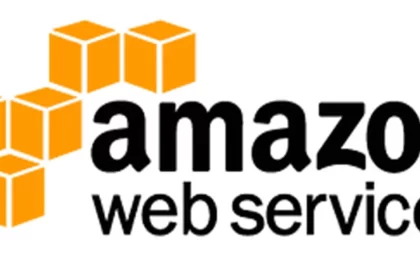In today’s rapidly evolving business landscape, companies increasingly recognize employee training and development’s pivotal role in driving organizational success. Technology reshapes industries continually; consumer behaviors evolve persistently – forces to which businesses must adapt by equipping their workforce with necessary skills and knowledge for staying ahead of the curve. This article explores innovative approaches to empowering organizations not just to survive but thrive in this ever-changing environment through strategic employee training and development.
Fostering a Culture of Continuous Learning
Efficient firms view learning as ongoing, building a culture of continuous growth and encouraging staff to seek development. They leverage mentorships, collaborative learning, and knowledge exchanges to foster a dynamic, tough, and motivated workforce emphasizing skill enhancement.
Implementing Experiential Learning Initiatives
Traditional classroom training possesses merits, yet it pales in comparison to the immersive and hands-on approach of experiential learning for skill development. Increasingly, businesses integrate initiatives such as simulations, role-playing exercises, and real-world projects; they aim to furnish employees with practical experience within controlled environments. When businesses permit their workforce to apply acquired knowledge in live scenarios: retention rates surge–and workplace skill transfer becomes remarkably more efficient. Furthermore, experiential learning cultivates collaboration and problem-solving skills; these abilities prove indispensable in the intricate business environment of today.
Embracing Digital Learning Platforms
Digitalization’s ascent prompts a shift from traditional training methods to dynamic, interactive learning platforms. Leveraging online resources – webinars, virtual classrooms and e-learning modules – businesses deliver accessible training content; it is available anytime and anywhere. Embracing digital learning enables companies not only to cater more effectively for their employees’ diverse learning styles but also simultaneously reduce costs associated with training: this approach minimizes disruptions in daily operations. Business TV platforms provide a multitude of on-demand courses and tutorials; this allows employees to enhance their skills conveniently and at their own pace.
Personalizing Training Programs
When it pertains to employee training, a universal approach is not applicable: businesses now acknowledge the diverse needs and preferences of their workforce. They are transitioning towards personalized programs–specifically tailored to individual learning styles and career objectives. By harnessing data analytics along with employee feedback; companies can pinpoint particular skill gaps, thus customizing training content in response appropriately. Businesses can ensure employees receive targeted support to maximize their potential and performance, either through personalized learning paths, adaptive assessments, or competency-based training modules.
Promoting Cross-Functional Learning Opportunities
In our interconnected world: collaboration across departments and functions proves essential for driving innovation; it’s a necessary tool in problem-solving. Businesses actively advocate cross-functional learning opportunities–instances where employees can glean insights and expertise from various organizational sectors. Such endeavours manifest as job rotations, cross-departmental projects or interdisciplinary workshops. Breaking down silos and fostering cross-pollination of ideas: these are the strategies businesses employ to cultivate an agile, cohesive workforce–one capable not only of tackling complex challenges but also doing so with creativity and ingenuity.
Investing in Leadership Development
Driving organizational growth and inspiring employee engagement hinge crucially on effective leadership. Therefore, businesses invest in leadership development programs: they aim to nurture the next generation of leaders–equipping existing managers with requisite skills for success. From executive coaching and leadership seminars; to peer mentoring – even 360-degree feedback–a multifaceted approach characterizes these efforts towards superior management development. Businesses, through the empowerment of leaders to lead with empathy, vision and integrity; can establish a culture imbued with trust–a pervasive sense of accountability that extends throughout the entire organization.
In conclusion, a successful business strategy integrates employee training and development. Businesses can empower their workforce to adapt, innovate, and thrive in an ever-changing world by taking up digital learning platforms; fostering continuous learning cultures; implementing experiential learning initiatives; personalizing training programs – promoting cross-functional opportunities for growth- investing in leadership development. By strategically investing in employee development, businesses not only cultivate a competitive edge but also position themselves for long-term success.










